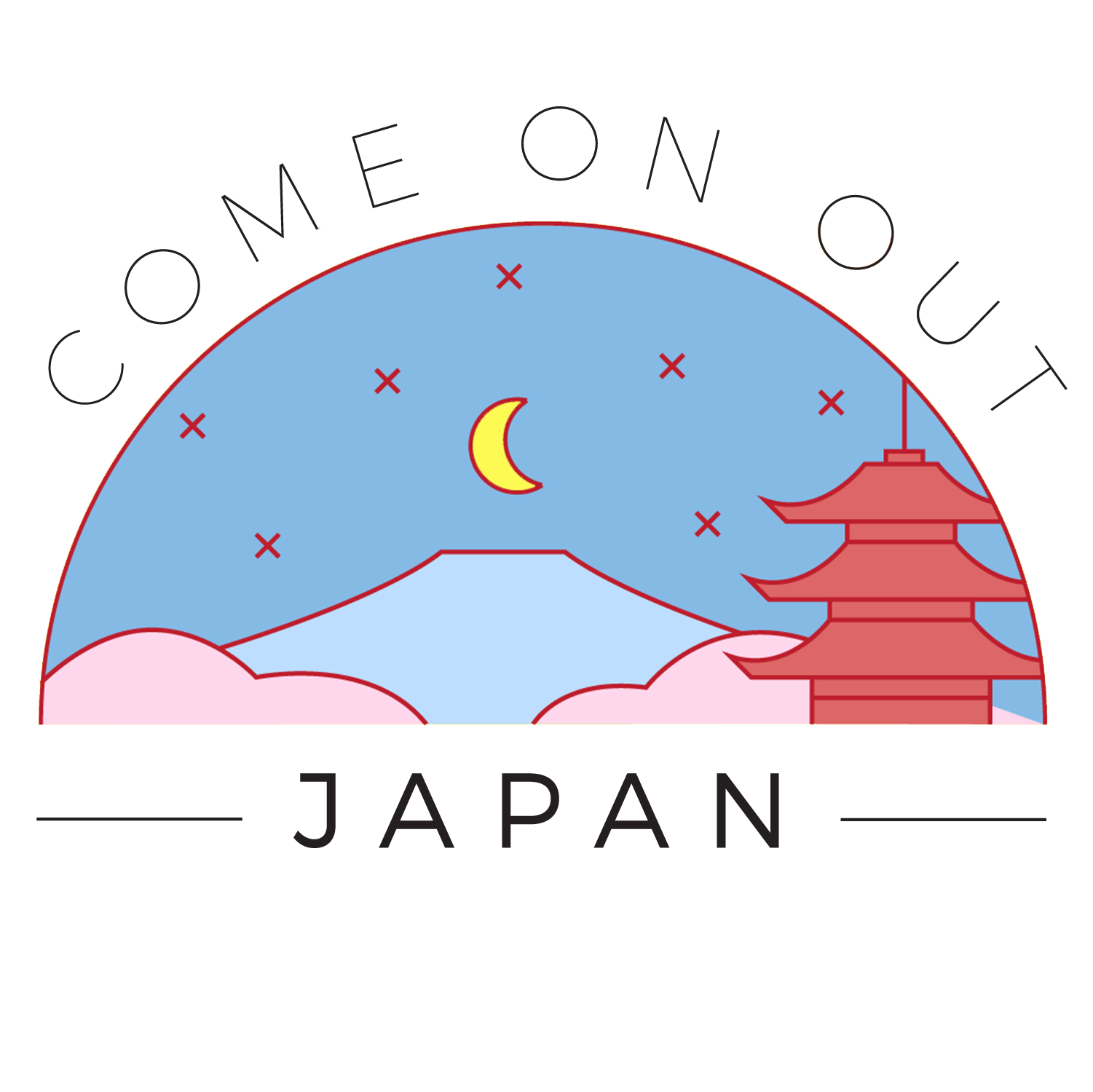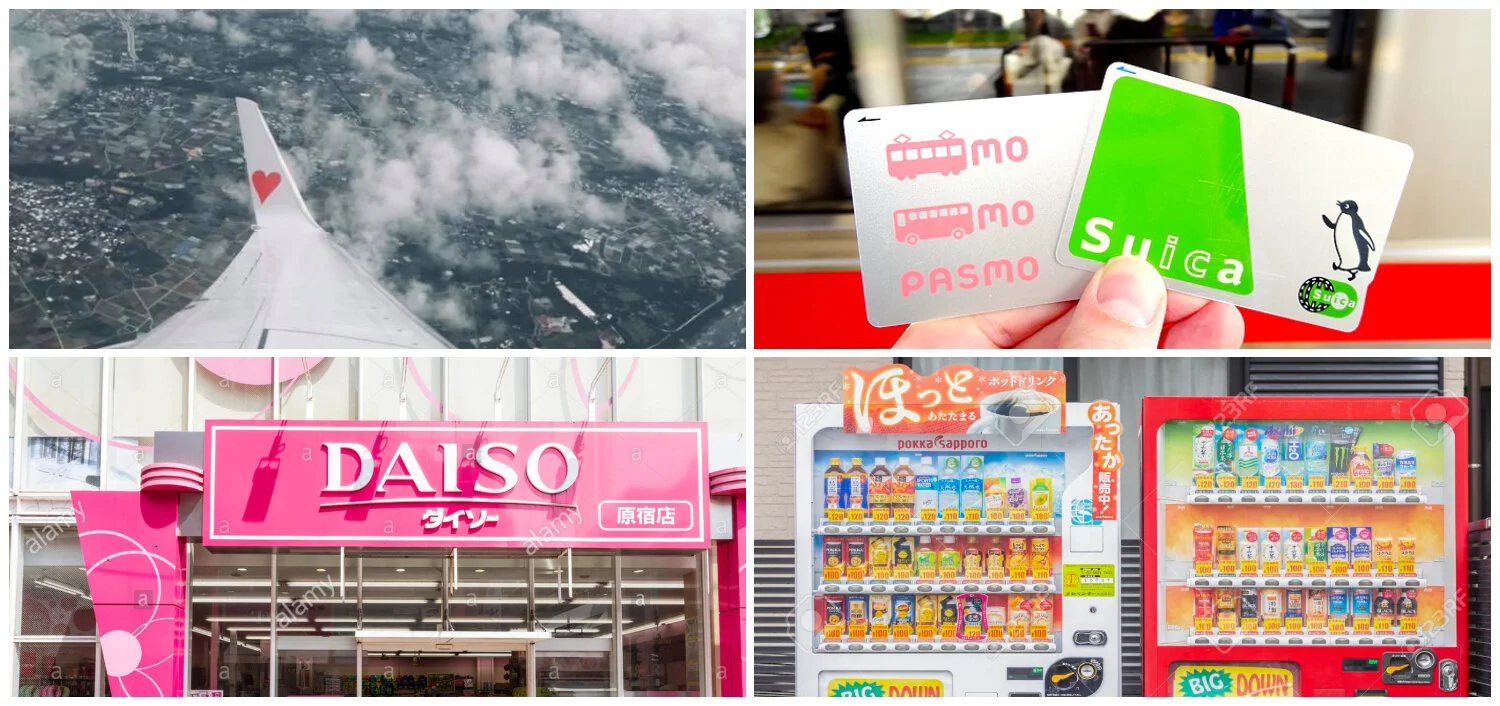Considering Japan’s complex history and rich cultural composition, it should come as no surprise that the country also has a thriving literary scene. I learned just as much last summer, when at the end of Global English Camp I found myself longing to return to Tokyo before even boarding my flight home. After flipping through the photos of my adventures for what seemed like the hundredth time, I figured there must be better ways to recapture the magic I felt while traveling through Japan. Enter: books!
Below you will find a brief list of excellent reads that offer insight into some of the most compelling aspects of life in Japan, from its characteristic tea culture to its ubiquitous convenience stores. Global English Camp may be remote this year, but books provide the perfect portal to Japan until it is safe to travel once more. Happy reading!
A bookstore in Nara.
1. Norwegian Wood by Haruki Murakami
Haruki Murakami is one of Japan’s most prolific and internationally-recognized contemporary authors; his books have been translated into over 50 languages and won numerous awards. Norwegian Wood, named for the famous Beatles song mentioned in the novel’s opening pages, follows a young man named Toru Watanabe through two romances and the loss of his best friend to suicide. Murakami meditates on universal themes including grief, adolescent love, and the passage from youth to adulthood through a uniquely Japanese lens. Pictured below: Kinkaku-ji (Golden Pavilion) and the Gion district in Kyoto.
P.S. It’s a favorite book of singer Harry Styles!
P.S.S. For a taste of Murakami’s writing, try this recently-published short story in The New Yorker, linked here.
2. Convenience Store Woman by Sayaka Murata
The first of Murata’s ten books to be translated into English takes place within one of the most familiar Japanese settings to residents and visitors alike: the conbini, or convenience store. Thirty-something Keiko Furukura is a top-performing employee at the fictional Hiiromachi Station Smile Mart. She struggles to connect with her family and finds a sense of purpose, identity, and value in her work at the conbini. Striving for what she perceives as normality, Keiko strikes a deal with a misogynistic, bitter man named Shiraha. Murata uses her characters as vehicles to interrogate key issues in modern Japan, ranging from declining marriage rates to shifting gender roles, as well as hikikomori—a Japanese term for endemic reclusivity and social withdrawal. Pictured below: The author in front of her favorite convenience store, Family Mart, and some of the author's convenience store picks (onigiri, sushi, and melon bread & green tea).
3. Strange Weather in Tokyo by Hiromi Kawakami
Similar to Convenience Store Woman, the protagonist of Strange Weather in Tokyo is a single working woman in her late thirties. One evening, Tsukiko reconnects with her old Japanese teacher—’Sensei,’ who is at least thirty years her senior—at a bar, sparking a tentative romance that spans the four seasons in Japan. Tsukiko and Sensei understand one another deeply, which Kawakami uses to explore loneliness and the importance of human connection. As most of their interactions take place over dinner and drinks—many of which are described in ways that feel like Kawakami’s ode to Japanese cuisine—readers might envision themselves as sitting just one table away, able to detect the subtle intimacy of the relationship these two characters cultivate. Pictured below: Different settings of Tokyo at night.
4. Pachinko by Min Jin Lee
Pachinko is the only book on this list whose author is not Japanese. Min Jin Lee, a Korean-American, wrote this novel to draw more attention towards Zainichi Koreans, or people of Korean descent who reside in Japan. Through three generations of a fictional Korean-Japanese family, Lee illustrates the contentious history between the two countries through the primary setting of 19th century Japan. One decision made early in the novel sets in motion the unexpected, heart-wrenching lives of a dynamic cast of characters across a small Korean fishing village, the bustling Japanese port city of Osaka, and an American university in New York. Lee’s meticulous attention to detail in both her research (which took ten years!) and writing style ensures a rewarding reading experience that is equal parts emotional and informative. It is also one of my absolute favorite books I have ever read. Pictured below: Osaka by day and night.
5. The Book of Tea by Okakura Kakuzō
More of a long-form essay than a book, The Book of Tea is also the oldest work on this list, published in 1906. Writing for a Western audience, Kakuzō explains how chadō, or teaism, might be applied to practices of everyday life. He lauds the serenity and simplicity brought about by tea and commends the Japanese concept of wabi-sabi, a philosophy rooted in appreciating and embracing the beauty of imperfection. Ultimately, Kakuzō suggests that tea should be recognized for its universality and power as a bridge between countries and cultures. If you’ve ever enjoyed a great cup of matcha, this book is a must-read! Pictured below: The author with her first matcha of the trip and an iced matcha in Tokyo.
And, for good measure, two excellent books that are not set in Japan but are by authors of Japanese heritage…
1. Never Let Me Go by Kazuo Ishiguro
Told through a series of flashbacks, a caregiver named Kathy reminisces on her time at a boarding school in the English countryside and the dark secret behind it.
2. The Memory Police by Yōko Ogawa
Residents of an unnamed island routinely experience the physical and mental erasure of everyday objects, enforced and monitored by a mysterious force: the titular Memory Police.
What are some of your favorite Japanese books?
A handmade book from a shop in Nara.
—
By Isa Ananya Spoerry, 2019 Global English Camp Intern
Author’s Note: This is a very small sampling of a much larger corpus that becomes even more expansive if you can speak or read Japanese. I selected some fairly popular books that were either initially written in English or have a well-respected translation, but I encourage everyone to read beyond this list and share your own recommendations.

















